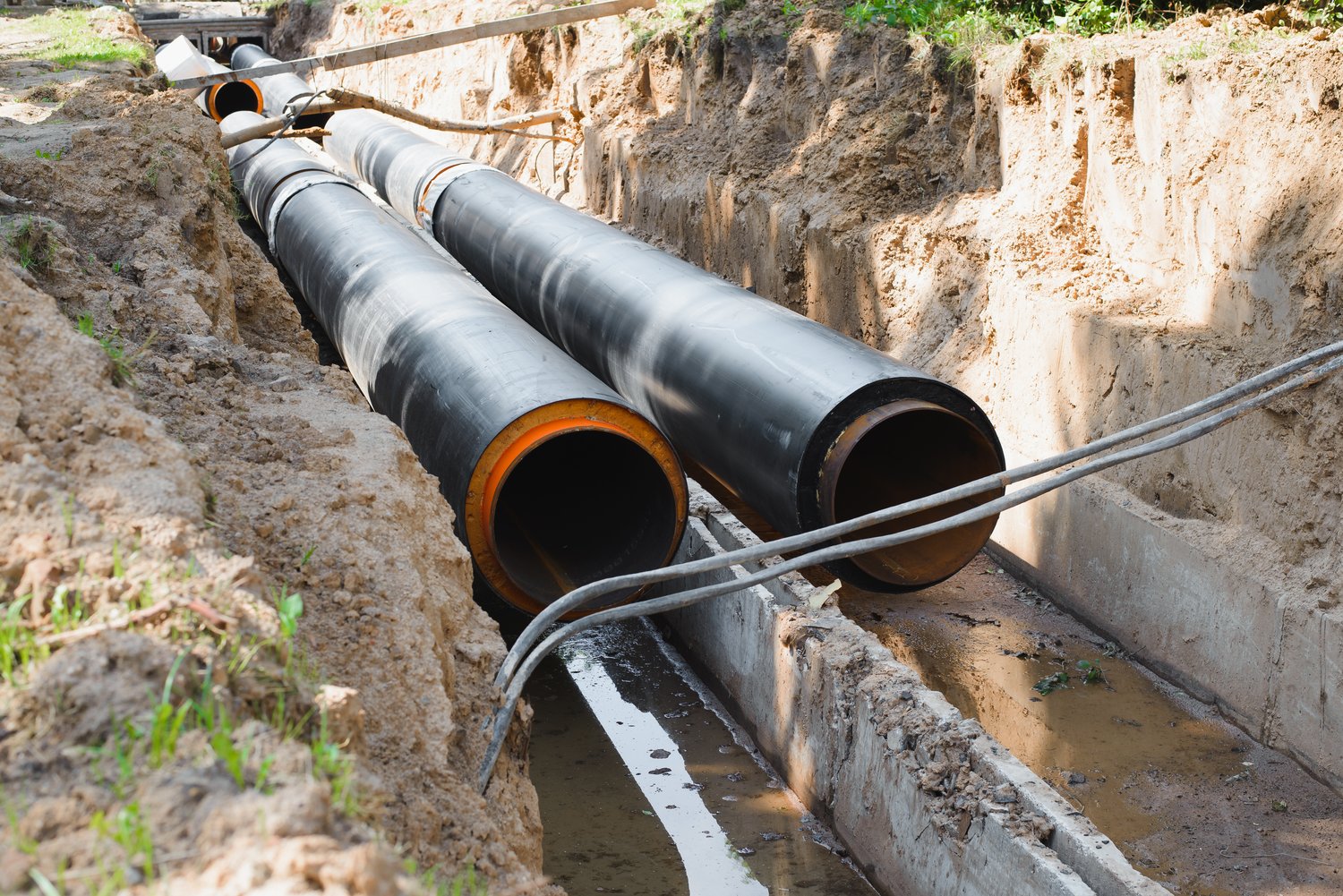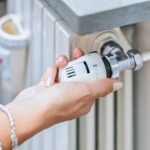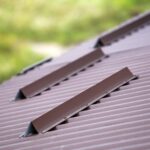Ensuring efficient drainage in plumbing systems starts with understanding the importance of waste line pitch correction. A properly sloped waste line prevents common issues like blockages and backflow, which can lead to costly repairs. As crucial as it is, many overlook this key aspect of plumbing design and installation.
- Discover the principles of waste line pitch and why it’s essential for plumbing efficiency.
- Learn professional techniques for accurately assessing and measuring waste line slope.
- Explore tools and methods used to correct waste line pitch, suitable for both DIY enthusiasts and professionals.
By diving into the intricacies of waste line pitch correction, readers will gain valuable insights into maintaining a reliable and functional plumbing system, thus avoiding the headaches of future plumbing mishaps.
Understanding Waste Line Pitch Correction: Proper Slope Solutions for Effective Drainage
Maintaining the proper slope in waste lines is crucial for ensuring efficient drainage and avoiding plumbing issues. The correct pitch allows gravity to effectively carry waste and water away, reducing the risk of clogs and backups.
Typically, the recommended pitch for waste lines is a quarter inch per foot. This means that for every foot of pipe, the line should drop a quarter of an inch. Achieving this slope ensures that waste travels at an optimal speed, preventing both slow drains and the potential for waste to settle within the pipes.
Improper pitch, either too steep or too shallow, can lead to significant problems. A pitch that is too flat may cause water to stagnate and not move effectively, while a pitch that is too steep can cause water to move too quickly, leaving solid waste behind. Therefore, understanding and maintaining the correct slope is imperative for plumbing efficiency.
For anyone involved in plumbing installations, both professionals and DIY enthusiasts, being aware of these principles helps in designing effective drainage systems that stand the test of time. Proper pitch correction ensures a streamlined flow of waste, enhancing the overall health of your plumbing system.
Techniques for Assessing Proper Slope in Waste Lines
Evaluating and measuring the slope of waste lines precisely is essential for effective plumbing inspection and maintenance. Professionals often employ several techniques to ensure the waste lines meet industry standards for optimal drainage.
One common method involves using a spirit level, which helps in determining how much slope is present across a section of the pipe. By placing the level along the length of the pipe, installers can observe whether or not the bubble is centered, indicating leveling issues.
Another technique includes the use of laser levels for greater accuracy over longer distances. Laser levels provide a straight line reference, which allows plumbers to assess the pitch of waste lines accurately, ensuring consistency along the entire span of piping.
Both of these techniques help to identify whether slope adjustments are necessary, which is crucial for avoiding problems associated with improper drainage. By applying these assessment methods, plumbing professionals can ensure that waste lines perform at their best, preventing future complications.
Tools and Methods for Waste Line Pitch Correction: Proper Slope Solutions
Correcting the pitch of waste lines is integral to maintaining effective drainage systems. Both DIY enthusiasts and professional plumbers can ensure optimal waste line performance by using the right tools and methods. This section explores an array of techniques and equipment designed to address the challenges of waste line pitch correction.
One of the most popular tools for assessing and correcting waste line slope is the digital level. This device allows users to measure inclination angles accurately. Digital levels are preferred for their precision and ease of use, making them ideal for both beginners and experienced plumbers.
For a manual approach, using a long level and a tape measure can be effective. Begin by placing the level on the pipe and measure the drop from the start to the end of the pipe run. Industry standards typically recommend a slope of 1/4 inch per foot for horizontal waste piping. Adjusting the pipe’s pitch to meet these standards can rectify drainage problems and improve system efficiency.
Another method involves using a drainage pitch tool, which can help visualize the proper slope. This tool ensures the alignment of waste lines to avoid backflow and standing water issues, both of which are common concerns in plumbing systems.
In cases where existing lines need modification, adjustable pipe hangers and strapping can be instrumental. These components allow for precise alterations to pipe elevation, ensuring that the slope adheres to the required gradient. It’s crucial to monitor re-adjustments over time to maintain the correct slope as environmental factors may cause shifts in structure.
Advanced techniques may involve trenchless pipe repair methods, which are beneficial when altering underground pipes without extensive excavation. These innovative approaches can significantly reduce the labor and cost involved in traditional correction methods.
Remember, while many solutions are accessible to the DIY enthusiast, certain complex corrections should be completed by professionals to ensure compliance with local plumbing codes and regulations. Properly correcting waste line pitch not only prevents future plumbing issues but also optimizes system lifecycle and performance.
Common Questions About Waste Line Pitch Correction
What is the ideal slope for waste lines?
The ideal slope is typically 1/4 inch per foot to ensure efficient drainage and prevent blockages.
How can I measure the slope of a waste line?
Use a level and measuring tape to check the rise over run. Measure the vertical change over a horizontal distance.
Why is proper waste line pitch important?
Proper pitch prevents stagnation and blockages by allowing waste to flow freely through the plumbing system.
What tools are needed for waste line pitch correction?
Levels, tape measures, and pipe hangers are essential tools for adjusting waste line slope correctly.
Can I adjust the pitch of the waste line myself?
Yes, with careful planning and the right tools, DIY enthusiasts can adjust waste line pitch. However, professional help may be needed for complex systems.





